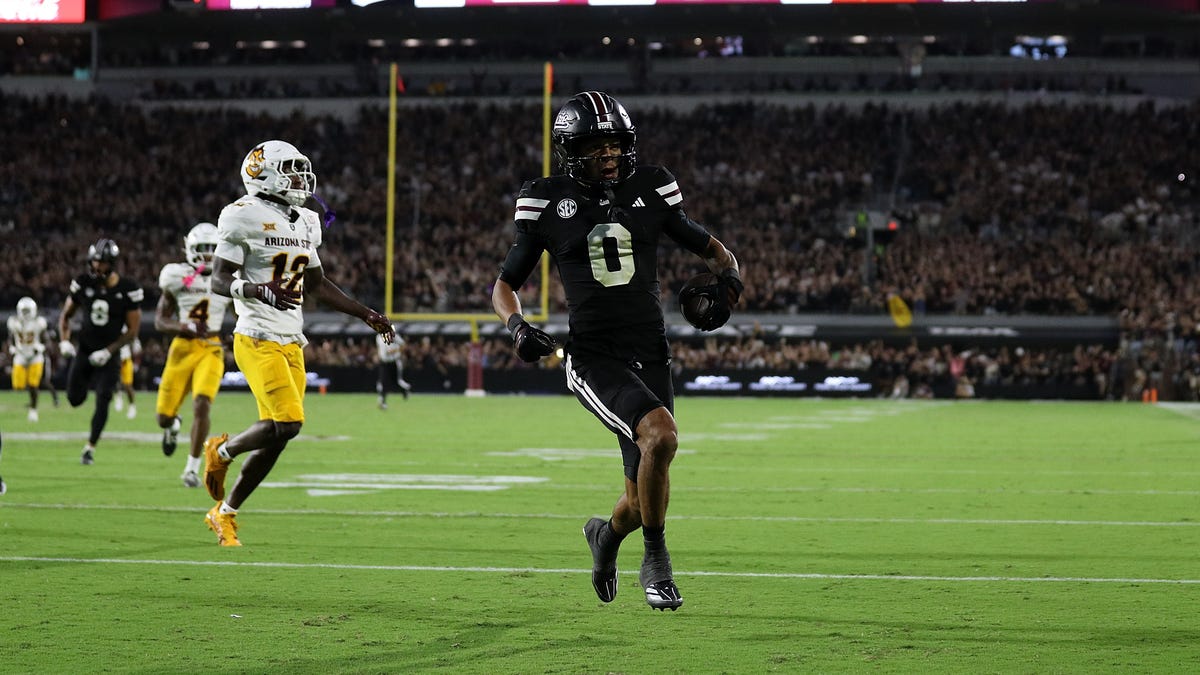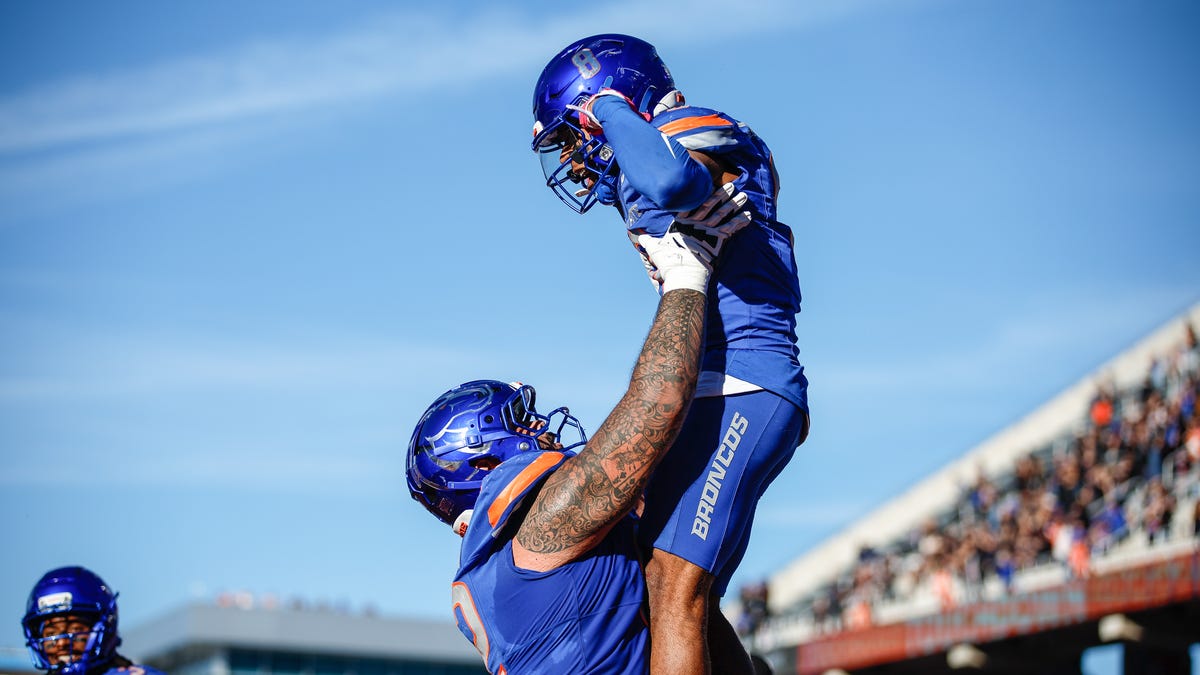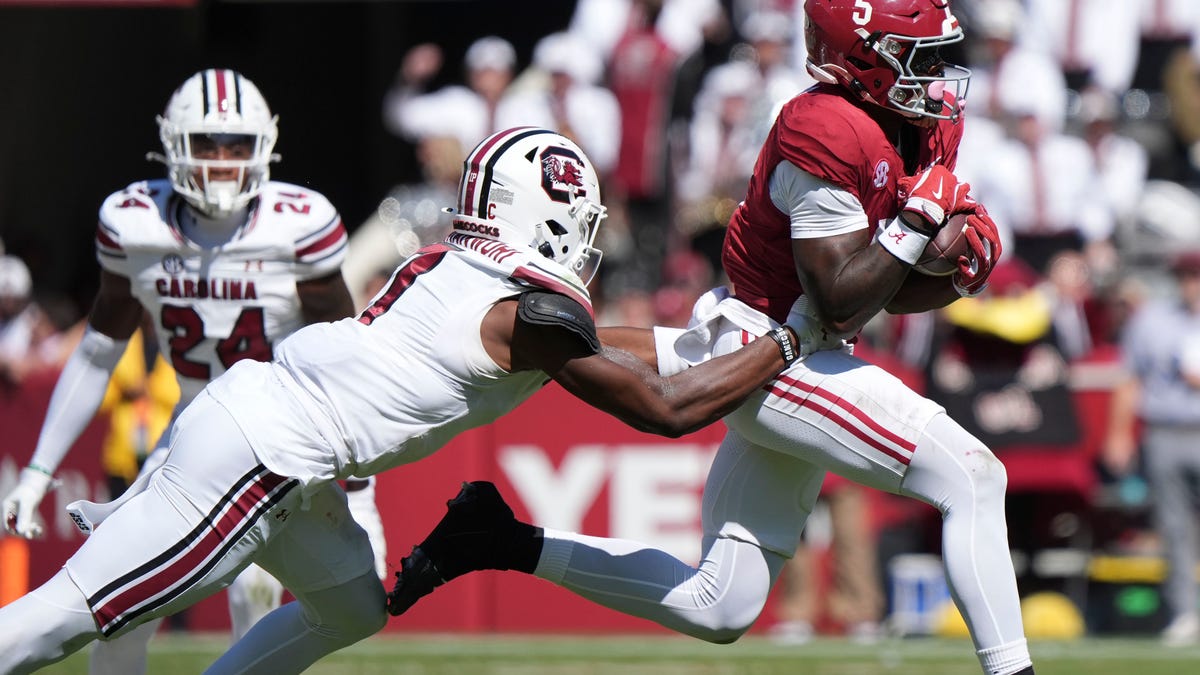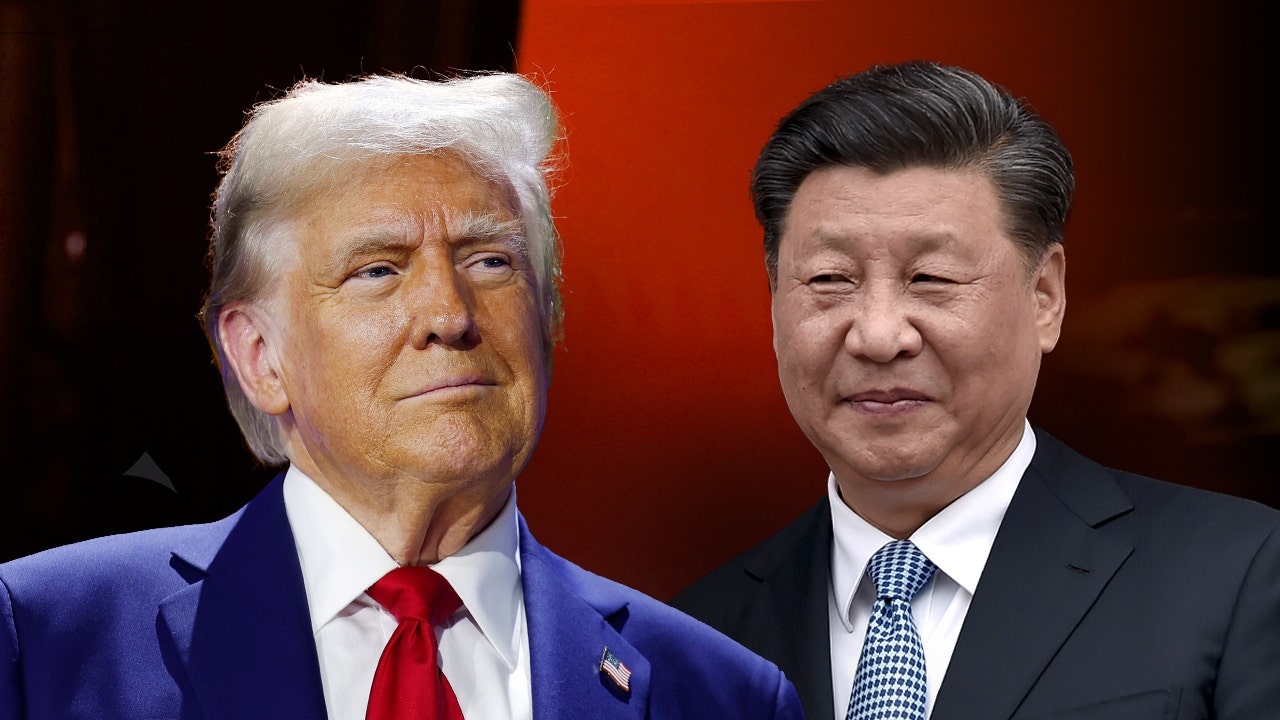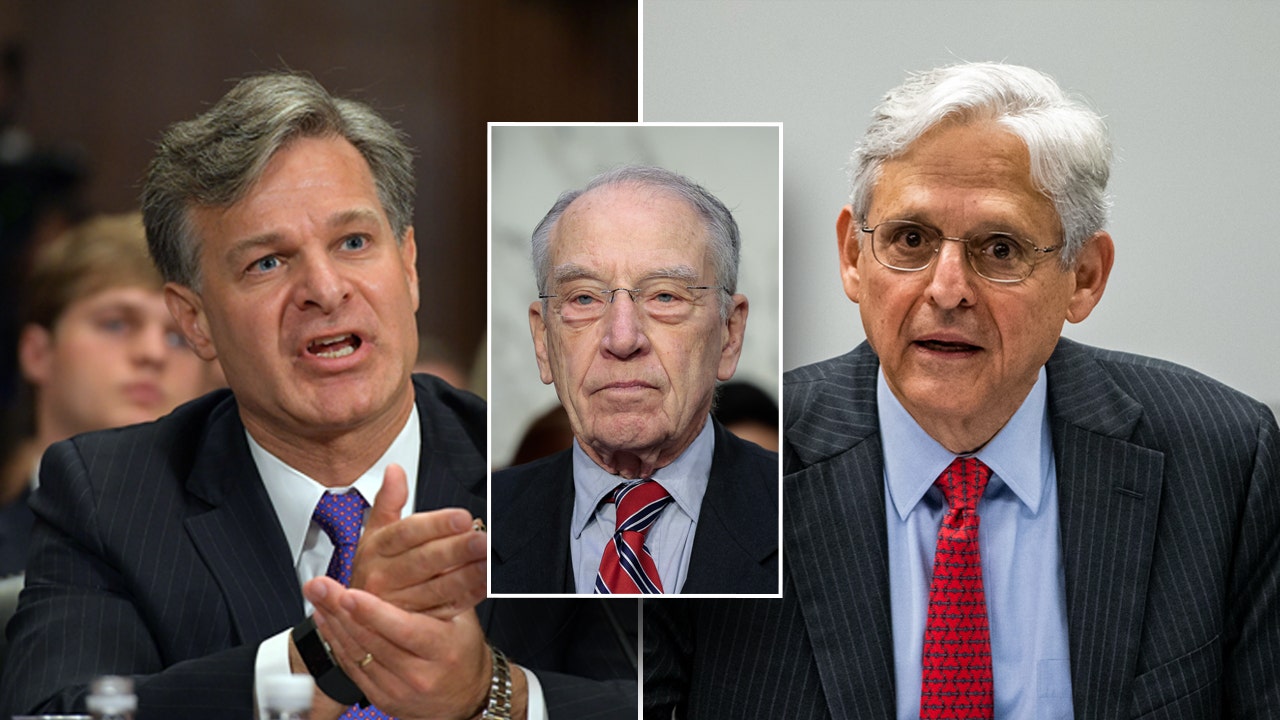Name, image and likeness opportunities have arrived for Ohio high school athletes – at least temporarily, thanks to a case currently making its way through the courts. And there might be only one thing on which supporters and opponents agree.
“It won’t affect as many students as people think,” Pickerington North football coach Nate Hillerich said.
“It’s going to be (about) .0003% of kids that are affected,” Columbus Academy athletic director and former Ohio State basketball player Jason Singleton said. “I don’t think it’s going to be very significant even when they pass that Ohio high school kids can have NIL. I don’t think it will have a huge effect.”
The biggest question in the wake of a lawsuit filed on behalf of Huber Heights Wayne junior and Ohio State wide receiver commit Jamier Brown might be whether NIL permanently comes to Ohio high schools. That could happen through an Ohio High School Athletic Association emergency referendum or the courts.
The OHSAA has put a referendum on the ballot in November for its 815 member schools. A simple majority decides the vote, and new rules would be implemented immediately.
How would Ohio become the 45th state with NIL?
Three years after OHSAA member schools rejected a proposal to allow NIL by a 68-32% margin, Brown’s mother, Jasmine, filed a lawsuit in Franklin County Common Pleas Court on Oct. 15 against the OHSAA seeking a change to the organization’s bylaws.
Five days later, Franklin County Common Pleas Judge Jaiza Page issued a 45-day temporary restraining order nullifying the OHSAA’s prohibition of NIL until a preliminary injunction hearing Dec. 15.
The emergency referendum could render the December hearing moot. The OHSAA’s board of directors met Oct. 23 to determine voting dates for the proposal, which it had originally planned to put up for a vote in May.
The vote is now set for Nov. 17-21. Each school gets one vote, submitted virtually by its principal.
Athletes would not be allowed to use their team or school logos in advertisements, represent their deals during contests or make agreements based on particular performances, such as scoring a certain number of points. They must report any deals to the OHSAA within two weeks; not doing so could result in being ineligible for up to 20% of their sport’s season.
Forty-four states – all but Alabama, Hawaii, Indiana, Michigan, Ohio and Wyoming – allow NIL for high school athletes.
“Some people might not make it to the dream of playing professionally in their sport,” said Pickerington North defensive back Amar’e Miller, a senior and three-star recruit. “This may be the best time of their life for their earning potential.”
Westerville Central athletic director Andy Ey was glad to learn it would not fall to coaches or athletic departments to arrange or keep track of NIL deals. The OHSAA referendum also would prohibit NIL collectives, which are popular among college programs, from managing opportunities for athletes.
“If someone out there wants to pay a kid to be in a commercial or wants to have a kid be a spokesperson for their business or (says), ‘We’ll let you drive this car if you appear in our television ad,’ you should be able to capitalize on your name, image and likeness,” Ey said. “I don’t think that it’s wrong and I don’t think that’s a bad thing.”
Athletes would be prohibited from receiving deals as part of recruitment to another school, and the OHSAA does not plan to change transfer rules, potentially mitigating concerns that NIL could lead to so-called “super teams.”
High school NIL ‘not the same thing’ as college
OHSAA executive director Doug Ute met with athletic directors from across the state Oct. 22 to further clarify what NIL might mean.
“We’re going to adhere (to) the regulations, but at the same time, our school name isn’t going to be out there,” Watterson athletic director Doug Etgen said, adding that the Diocese of Columbus met with its member schools in mid-September to discuss NIL.
“I don’t think it’s as scary as some people think,” Etgen said. “They’re just used to the college NIL. It’s not the same thing. It’s going to be a true NIL situation where a kid can sell his name, image and likeness and get a couple of bucks.”
Big Walnut athletic director Brian Shelton remains opposed to NIL but is open to change.
“I don’t think it’s a good fit for high school athletics, but I do understand that times are changing, and I do understand that it’s probably going to come to Ohio at some point, and I will be supportive of it,” Shelton said. “If the kids deserve it, they deserve it, and they should be able to get what’s coming to them. We’ll follow the rules, and we’ll do what’s right by the kids and OHSAA and everything else.”
Academy basketball standout Jason Singleton Jr., a Harvard commit, said he will think more about NIL opportunities after high school.
“If one came to me, I would be happy, but I really don’t think about that too much,” he said. “Once I get to college, I’ll start thinking about that a lot more.”
Miller suggested some top-tier athletes could leave Ohio if NIL does not become a reality.
“Eventually it will have to pass because it will eventually set Ohio behind in athletics,” Miller said. “Players and families will transfer to other states to take advantage of those life-changing opportunities.”
High school sports reporters Frank DiRenna and Dave Purpura can be reached at sports@dispatch.com and at @DispatchPreps on X.


